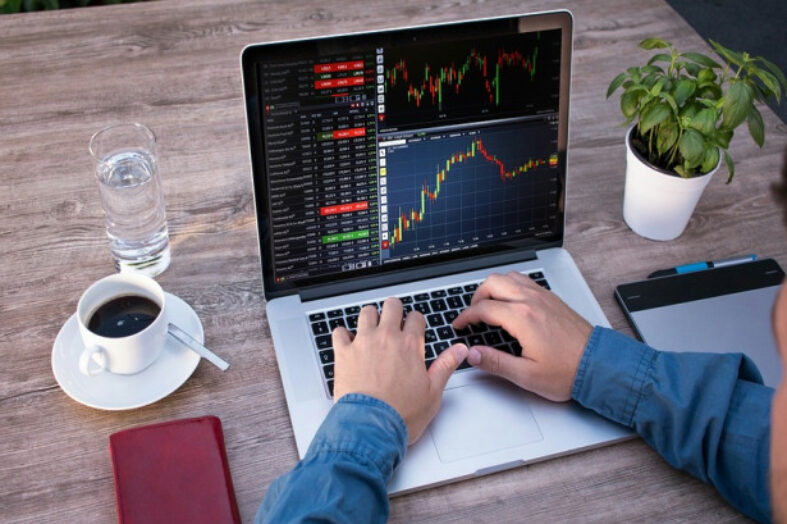As a trader, there are various terms that you are advised to be careful about. One of those terms is the spread – and if you want your trading to be profitable, you need to carefully choose the spread. But what exactly is this spread, and how do you turn it into something profitable? Let’s find out!
What Is a Spread?
The spread in forex trading is defined as the difference between the offering (buying) and bidding (selling) prices that were quoted for a financial asset in particular. In CFD trading, the spread is considered one of the most important aspects, as it determines the prices of the derivatives.
Generally speaking, market makers and brokers will express their prices in the shape of a spread. This means that the amount you will pay for an asset upon buying will always be slightly higher, whereas selling it will be slightly lower. These slight over/under the underlying market is what makes you actually reap a profit from it.
Why Investors Use Spreads?
Spreads are a way in which traders usually pay so that they execute their positions. Certain assets (i.e., shares) may not work on spreads, but rather on a commission basis. In other circumstances, it may be a mix of both of them, taking the best of both worlds.
When an investor or trader is trading assets using a spread, they hope that eventually the market price will move beyond that of the original spread. Should this happen, it might mean that the trade may be finalized in order to bring a profit.
On the other hand, if it doesn’t go beyond the spread cost, then the trader might have to close things at a loss. If this happens, it might mean that their investment strategy failed and the market did not move in the direction that they expected it to.
What Impacts the Spread?
The spread in financial trading between two prices is typically between one and five pips – the most common “stop” being 2 pips. Top forex brokers with low spreads are the ones you need to look for. That being said, the spread can change based on a variety of conditions, including:
- Liquidity
This shows how easily a particular asset may be sold or bought. When the asset liquidity goes up, the spread may also tighten.
- Volume
Volume reports the specific quantity of an asset that is being traded throughout a particular day. The asset that has a much higher trading volume will also have its spread affected – much narrower.
- Volatility
This refers to how the market prices may change over a specific period of time for a certain asset. If there’s a period of high volatility that causes the prices to change fast and unpredictably, then the spreads will also become much wider.
The Bottom Line
Spreads are very important to keep in mind, because the right spread can bring your success. If you can close a trade beyond the cost of a buy, then you might count yourself profitable. Look at the liquidity, volume and volatility closely before investing in an asset.



